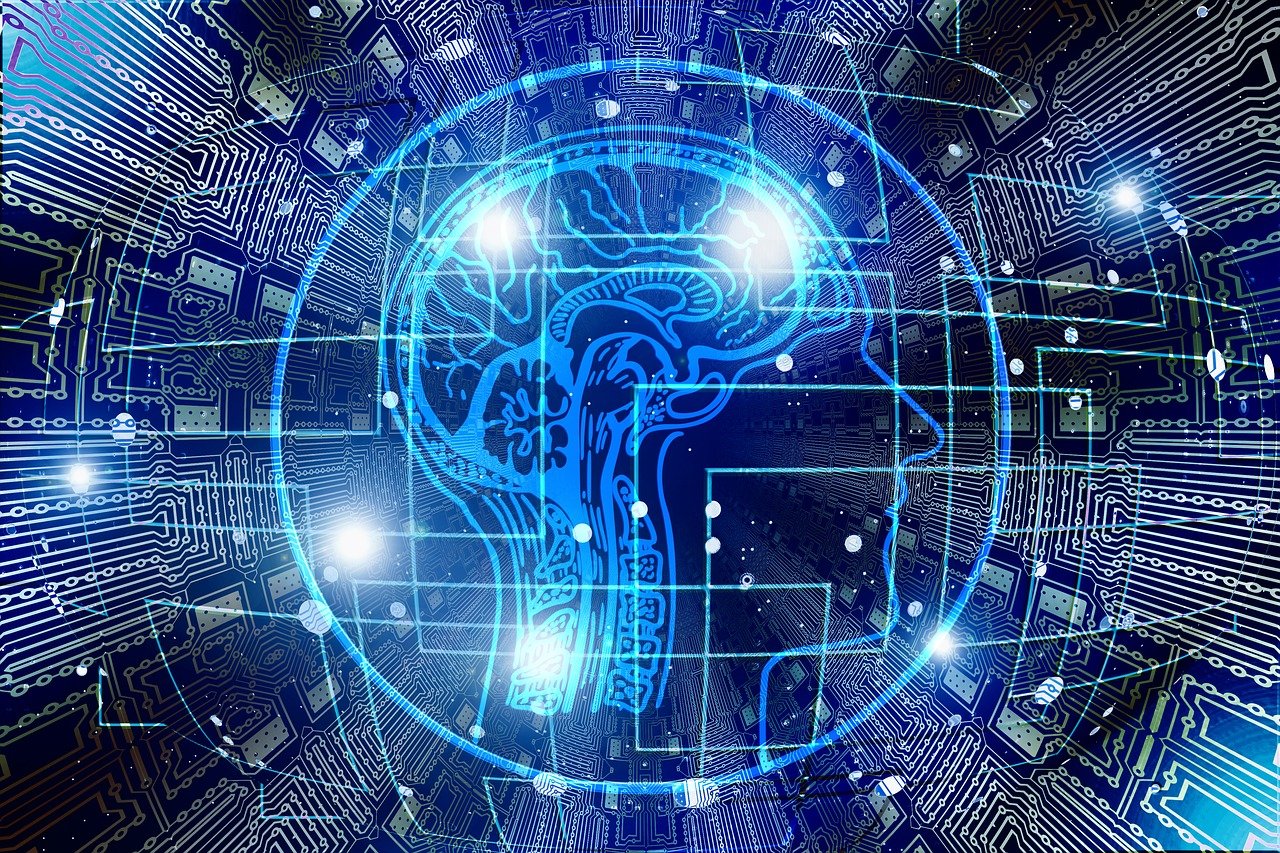This post is also available in:
 עברית (Hebrew)
עברית (Hebrew)
Artificial intelligence is at its heart- data. The more complete the data on which it is trained, the more valuable the output. AI gains insights from the data and can perform the tasks that it is trained to do, but just like human beings, if it does not have the right information, or enough information, its output will be worthless.
This means that the more data we can feed artificial intelligence, the better. Data storage, which was previously thought a useless expense, is now a valuable asset. AI-based algorithms are finding genomic markers for rare diseases, directing the discovery of oil and gas deposits, forecasting hurricanes and extreme weather events, alerting us to potential earthquakes or volcanic eruptions, anticipating failures in industrial equipment and alerting us to defects in manufactured goods.
According to Forbes, data storage has grown into a $77.5 billion industry, and the demand for cloud storage is only growing. In fact, the cost of data storage has been dropping dramatically in the last year, and the combination of declining storage prices and the availability of very high-powered CPU resources is promoting the boom in AI applications, most of which are running in the cloud.
When data is properly stored in the cloud, businesses can customize AI to their own specific needs for the technology, increasing or decreasing their cloud storage depending on their demands, making AI simple to adjust and implement for different aspects of the company.
Nevertheless, once the technology is implemented it is critical that the used information is secure and untampered with, since tampered data can provide false responses, and finding and correcting the false information wastes precious time.
Nowadays AI is still a growing technology, so companies must regularly check for breaches or threats. Even so, as the technology grows so do the threats of cyberattacks. Forbes provides possible methods of action to deal with this problem.
Firstly, companies should store an immutable copy of the data, so in case of a ransomware attack the back-up copy is safe from the threat of a breach and cannot be tampered with. The cloud has an advantage in this regard since it is not connected to user accounts (which is where most hacks occur).
Secondly, companies should train employees and stakeholders. As many experts have repeatedly stated, most ransomware attacks are caused by human error. Therefore, companies must ensure that their employees are regularly receiving training on cybersecurity best practices, prioritize cybersecurity education for new team members, and regularly perform infrastructure checkups and hacker simulations.


























